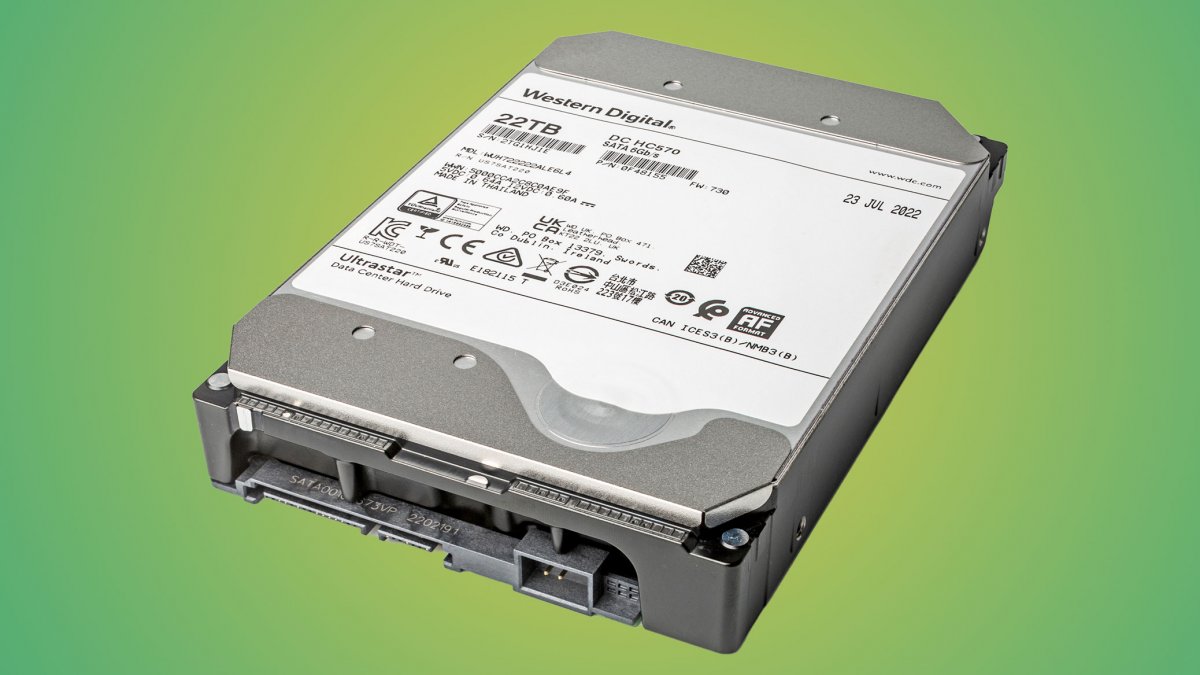
As I spend more and more time around other photographers, I’ve had the opportunity to sit back and listen to everyone’s take on what makes a retouched image successful. Some photographers spend minutes retouching, while others spend literally hours on an individual image. Regardless if you spend 15 minutes or 3 hours retouching in image, it’s important to have a strong workflow so that you maintain your sanity.
Let me begin by saying that I’m not a professional retoucher. I leave that title up to retouchers like Pratik Naik and Julia Kuzmenko McKim, who’ve both earned that title. I personally make the majority of my income behind a camera, so I feel like I’ve earned the right to label myself as a professional photographer. I digress.
As a professional photographer, I would prefer to spend most of my time either: (a) booking clients for shoots, or (b) shooting clients. Anything that distracts me from doing either of those is losing me money. That includes spending too much time retouching images. Yes, I can outsource images for clients who have the budget to do so, but not every client can afford or justify spending an additional $35–$65 an image.
If you feel like you’re in the same boat, welcome to DIY retouching. Now, considering that a lot of photographers that I know are pretty neurotic (including myself in some cases), I always recommend that they stick to a step-by-step workflow. By adhering to a step-by-step workflow, you’re less likely to go off track and spend extra unnecessary time pushing pixels.
In the video above I deconstruct the process of male portrait retouching into six basic steps:
- Shoot RAW Format
- Global Adjustments
- Removing Blemishes and Defining and Shaping the Face
- Enhancing Eyes
- Style Hair
- Export and Delivery
Using those six steps, I can run through images relatively quickly and not pull my hair out while going through a client’s set of images.
If you enjoyed the video above, please subscribe to my YouTube channel or follow me on Facebook.




